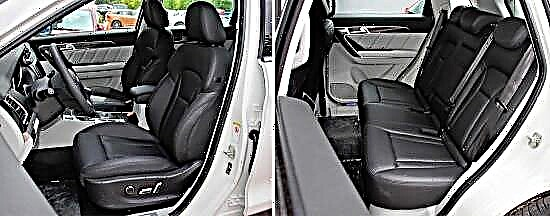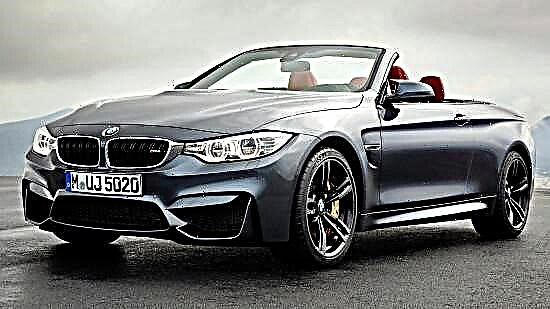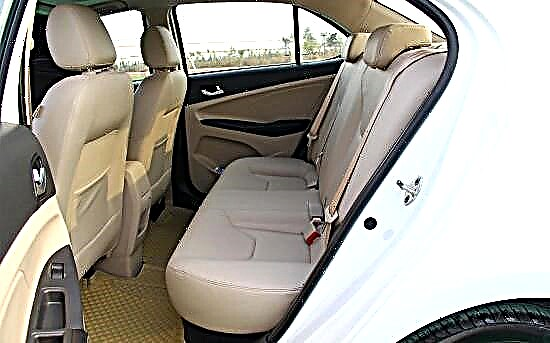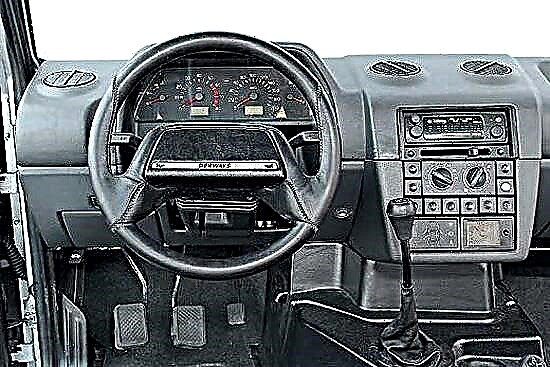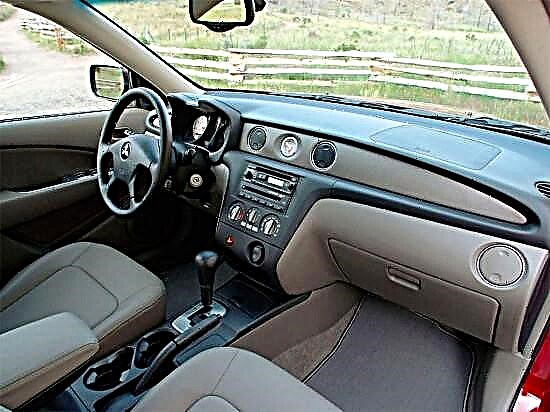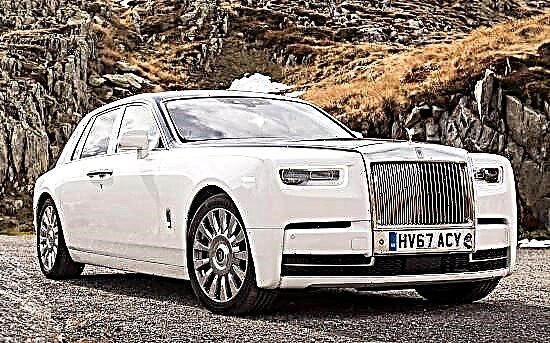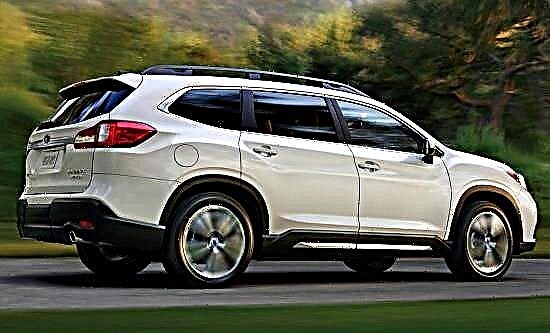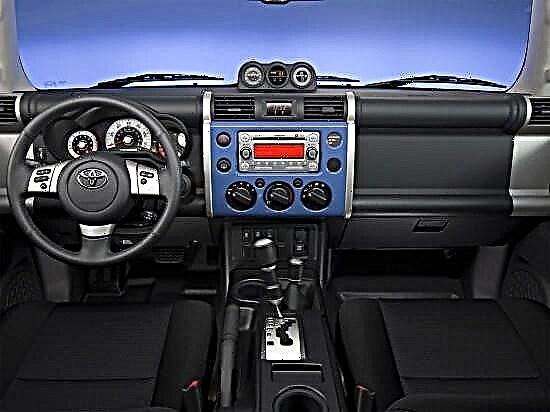Such "bright" cars like the Toyota FJ Cruiser are rarely found in the automotive world - they can be listed on the fingers of one hand: VW Beetle, Chrysler PT Cruiser, MINI Cooper ... And therefore, the "delicate calculation" of Toyota corporation, which offered customers such an extraordinary car, is especially impressive ...

Although, in fact, the "calculation" was different - by demonstrating the concept of "FJ Cruiser" at the North American International Auto Show in 2003, Toyota aimed only to "stir up interest in the off-road line of the brand" ... but the public literally "fell in love" with this image - thus “forcing” the manufacturer to “go further” - by 2005 a “commercial” embodiment of this SUV was created and its mass production was launched (the only significant modernization for it was carried out in 2010, but it practically did not affect the exterior).

The uniqueness of the Toyota FJ Cruiser is that the exterior of this SUV combines "futurism" (serial "cubism in contrasting colors and on large wheels" the shape of the grille is, without a doubt, a "nostalgic allusion to the 60s" - to the image of the legendary Toyota FJ40).
In terms of size, it is a classic mid-size SUV: its length is 4671 mm, its width is 1895 (after the update - 1905) mm, and its height is 1811 ~ 1829 mm. At the same time, the wheelbase is 2690 mm, and the ground clearance is 225 mm (4 × 2) or 243 mm (4 × 4).
The curb weight of a mono-drive vehicle is ~ 1850 kg, the all-wheel drive version is ~ 100 kg heavier, and it can (regardless of the version) ~ 570 kg "take on board".

But the originality of this car is not limited to the design ... upon closer examination, the "three-door concept" of the body, in fact, turns out to be a five-door - the rear "half-doors" are hinged and do not have a B-pillar (they open only together with the front ones).

Landing here is exclusively "off-road" - there is a footrest and a handle for help. But in contrast to the "inconvenience" of boarding / disembarking passengers on a small rear sofa, the rear tailgate that folds to the side has a separately opening glass.
By the way, as for the glazing, these "embrasures" (the front glass is so "wide and low" that three windshield wipers were provided for it) very much resemble a Hummer - and this once again emphasizes the brutality of the FJ Cruiser SUV (although it inspires concern in sufficient visibility) ... However, the width of the rear struts is somewhat compensated by the huge side mirrors (which are also extended vertically) - this provides a view "from the wheels to the roof."

All interior details, despite the "styling" and "cheap appearance", actually have excellent ergonomics and are created using high-tech materials - the secret lies in the statement of Toyota engineers that the FJ Cruiser interior can be safely washed with water (here which means modern materials and technologies, multiplied by practicality: water-repellent fabric of the seats, moisture-resistant devices and a fully rubberized floor).
The nearly vertical dashboard has everything you need for a modern car (and more). Above the central square panel, where the buttons for controlling the climate control and the radio are located, there are three round devices that will be appreciated by fans of car tourism - these are: a compass, a roll angle sensor and an outside temperature sensor.
There is plenty of room for the driver and front passenger both for the legs and overhead, and in order not to "push your elbows" between them 25 cm of space (filled with niches and cup holders).
Rear passengers were much less fortunate - a small sofa can only be considered a three-seater at a stretch.
The size of the trunk, on the other hand, is quite decent - 790 liters "by default", and thanks to the fully folding rear sofa, it can increase to 1892 liters.

In technical terms, the Toyota FJ Cruiser is a "frame all-terrain wagon" (by the way, good cross-country ability is guaranteed by the 4Runner running gear, which has an independent front suspension and a rear continuous axle).
There is, of course, an all-wheel drive system, which can be either "permanent" (with a center differential) or "plug-in".
Toyota FJ Cruiser is equipped with a single power unit: a 4.0-liter aluminum V6 gasoline engine (1GR-FE VVT-i) originally had a capacity of 239 hp, and after modernization in 2010 (having received the codename 1GR-RR Dual VVT-i ) became 20 hp. more powerful and slightly more economical.

The power unit is paired with a six-speed "mechanics" or a five-speed "automatic".
This combination provides the SUV with good dynamics - it can reach 100 km / h in 8.4 seconds, and the maximum speed is limited to 180 km / h.
With all this, it is not so gluttonous - about 13 liters (in the "combined cycle"), and given the 72-liter fuel tank, this car is quite suitable for "long distance throws" ... but it is worth noting that it is recommended for it gasoline of the "Premium" brand (A-95 Euro, A-98).
However, when traveling long distances, not the best "allies" will be: poor sound insulation and a low level of comfort ... but on the off-road it has few equal: 240+ mm ground clearance (ford depth 700 mm), short overhangs (hence good exit / entry angles) and the "complete off-road package" - enable the Toyota FJ Cruiser to show itself in all its glory.
With all its advantages and disadvantages, in the USA the Toyota FJ Cruiser is positioned as a "budget" car, which is confirmed by a moderate price: in the performance of 2WD - from $ 23320, and 4WD - from $ 24910. Another thing is that transport costs and customs duties (when delivering this shocking SUV to other countries) will inevitably lead to an increase in its price far beyond the "budget segment".

